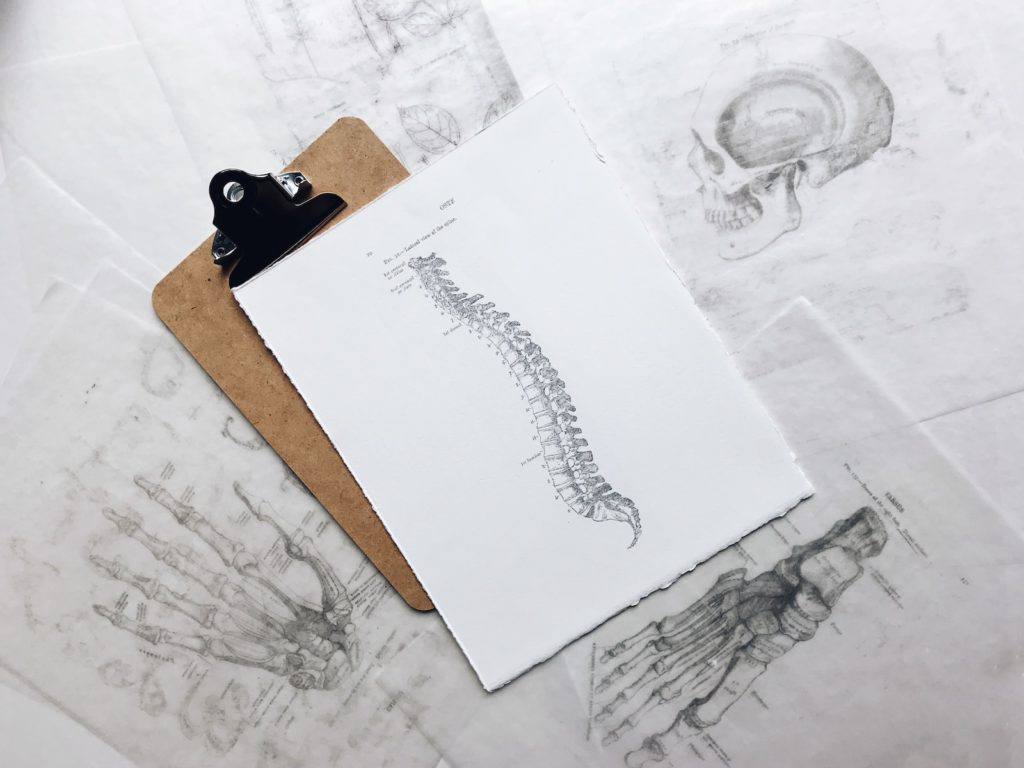
What is spine decompression surgery?
A spinal decompression is a procedure to treat conditions such as spinal stenosis, sciatica, a slipped disc or a spinal tumour. It can be done in both the lumbar (lower), thoracic (mid) and cervical (neck) regions of the spine. A decompression procedure will usually be offered to a patient if other more conservative treatments such a pain killers or physical therapy have failed.
Spinal decompression surgery is usually done to treat symptoms such as weakness, numbness and pain in arms or legs, or difficulty walking and completing daily activities due to intense pain. These are often the result of a compressed nerve. Spine decompression surgery is a surgical procedure performed to free up compressed nerves in the spinal cord. The surgeon will do this by making an incision in the spine, under X-ray control, appropriate nerves and tissues will be removed to take pressure off of the affected area. Once your surgeon is happy with the decompression and your nerves have been freed up, the muscles that were moved will be stitched back in to position and the incision will be closed.
Depending on your individual condition there may be different procedures that need to be performed while having the operation. There are several types of decompressive surgery and you will be informed well in advance if you need any of these:
- Laminectomy – Removal of the entire lamina that is putting pressure on the spinal cord.
- Laminotomy – Part removal of lamina to relieve pressure on the spinal cord.
- Foraminotomy – removal of the bone that is around the neural foramen.
- Laminaplasty – Performed in the neck, the laminae is cut to create more space in the spinal cord.
- Discectomy – Removing a bulging or slipped disc to release pressure of the spinal nerves.
- Decompression and fusion – this is sometimes needed if the decompression is more extensive rendering the spine unstable
Following your procedure, you will return to your room or ward with close neuro observations for 24 hours. You will be able to mobilise as soon as possible. A physical therapist and your consultant will visit you before you are discharged. You may even need to have a MRI or X-ray before leaving the hospital. A follow up consultation will be made for 6-8 weeks’ time, during that time you will be following a guide on how to keep active after surgery which will includes the do’s and don’ts of daily activities. You will be discharged if there are no red flags in your follow up consultation.
This article is intended to inform and give insight but not treat, diagnose or replace the advice of a doctor. Always seek medical advice with any questions regarding a medical condition.





0 Comments